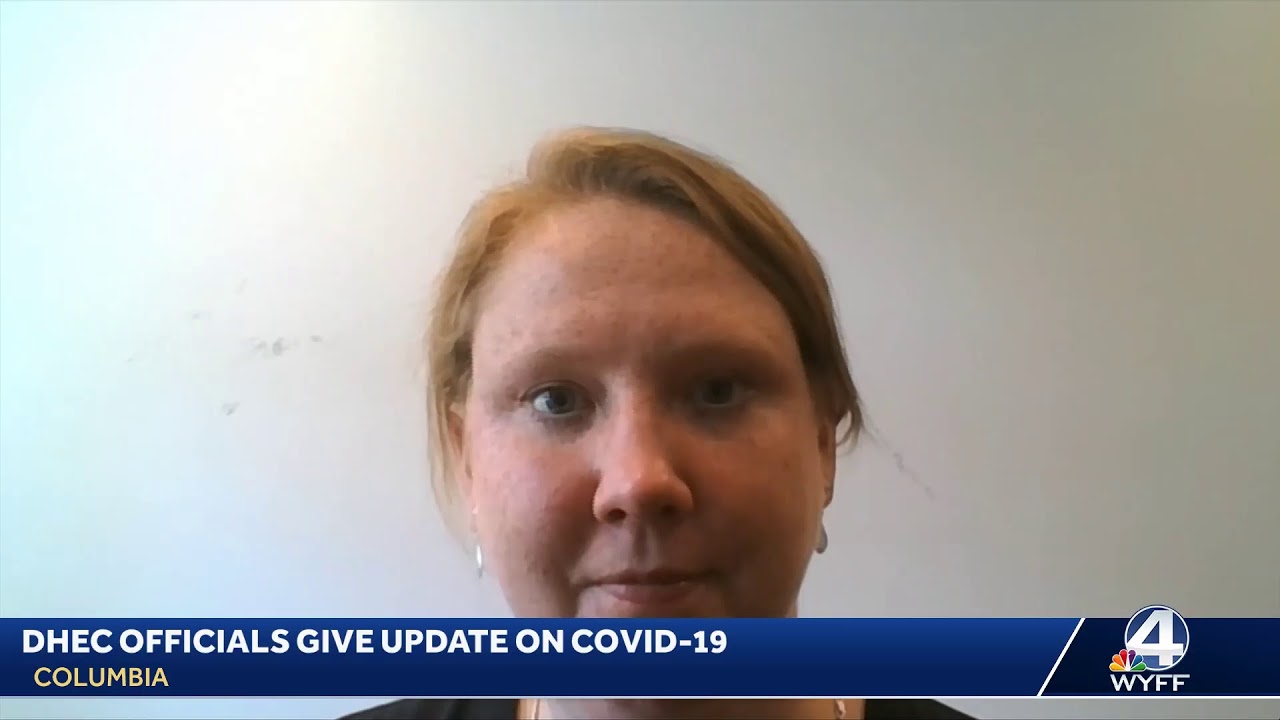A large snake washed up on a North Carolina beach just days after an alligator was spotted in nearby water. WPDE ABC15 shared a photo of the snake on its Facebook page on Tuesday. The local news outlet covers the Myrtle Beach, Florence and Lumberton areas of North and South Carolina.”WHAT?! First an alligator and now a snake on the beach? Marsha Paul spotted this snake on Sunset Beach this morning,” the local news outlet wrote in the post. The post had racked up 245 comments and 575 shares at the time of publication, with many users expressing concern about going in the water after the sighting—especially since it arrived just days after an alligator was spotted on the shore just 30 minutes away.”I have loved the beach since I was a child and grew up in Loris and all of these pics are creeping me out, making me not want to go swimming in the Ocean ever again,” one user wrote. Another said, “I was born and raised in this area. Spent a lot of time at the beach. I never saw an alligator or a snake even close to the water let alone in the water. Unbelievable! I do not like snakes or alligators.”WPDE ABC15 reported on June 12 that an alligator was seen in the waves at the Grand Strand in South Carolina. The beaches where the snake and alligator were spotted are less than 40 miles apart. In a video shared to Facebook, which was viewed more than 42,000 times, the alligator could be seen walking near the shore.”He just needed a day at the beach!” one user quipped. Alligators are primarily freshwater animals, and reside in rivers, lakes, streams and swampy areas, according to the National Oceanic and Atmospheric Administration. But they can tolerate salt water for a few days and have been seen this year at beaches in Florida and Texas. Russell Cavender, locally known as “The Snake Chaser” and who runs a reptile remover service, told ABC15 that sightings are up because alligators prefer to travel in water.”May and June are when they typically settle into new bodies of water, Cavendar said. “It’s been so dry they’re having a hard time finding bodies of water and the rain has a little bit to do with it too. We had a little bit of rain here after two months of dry weather and I think that’s pushing them around a bit.”










